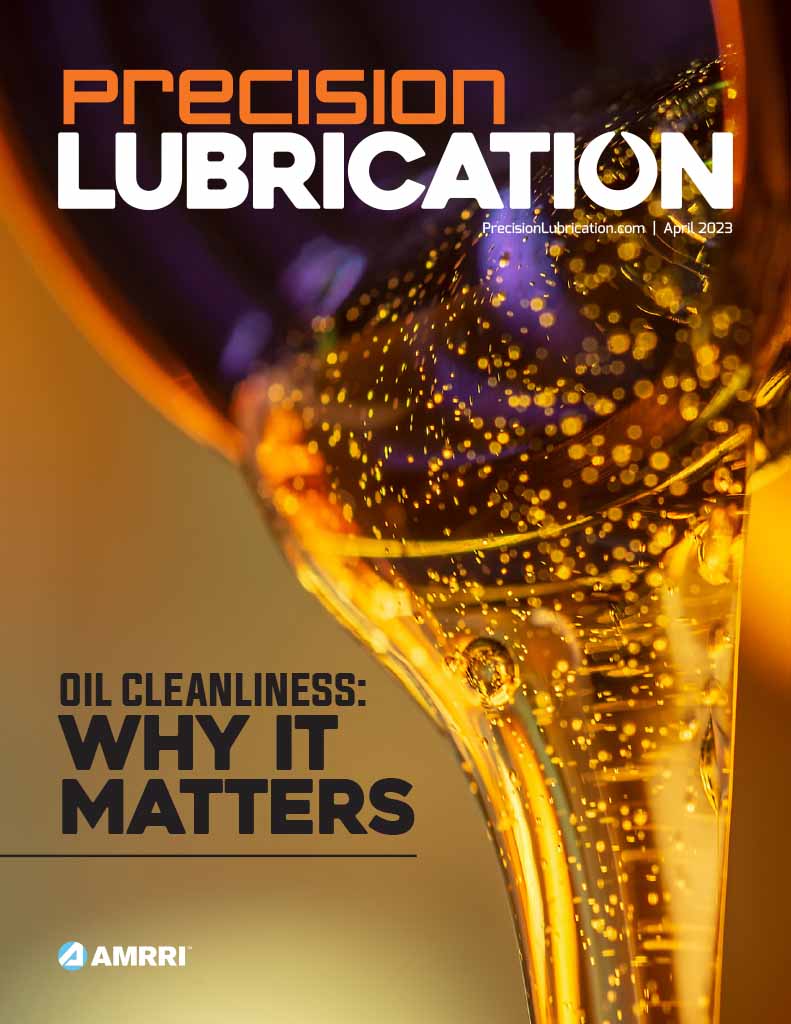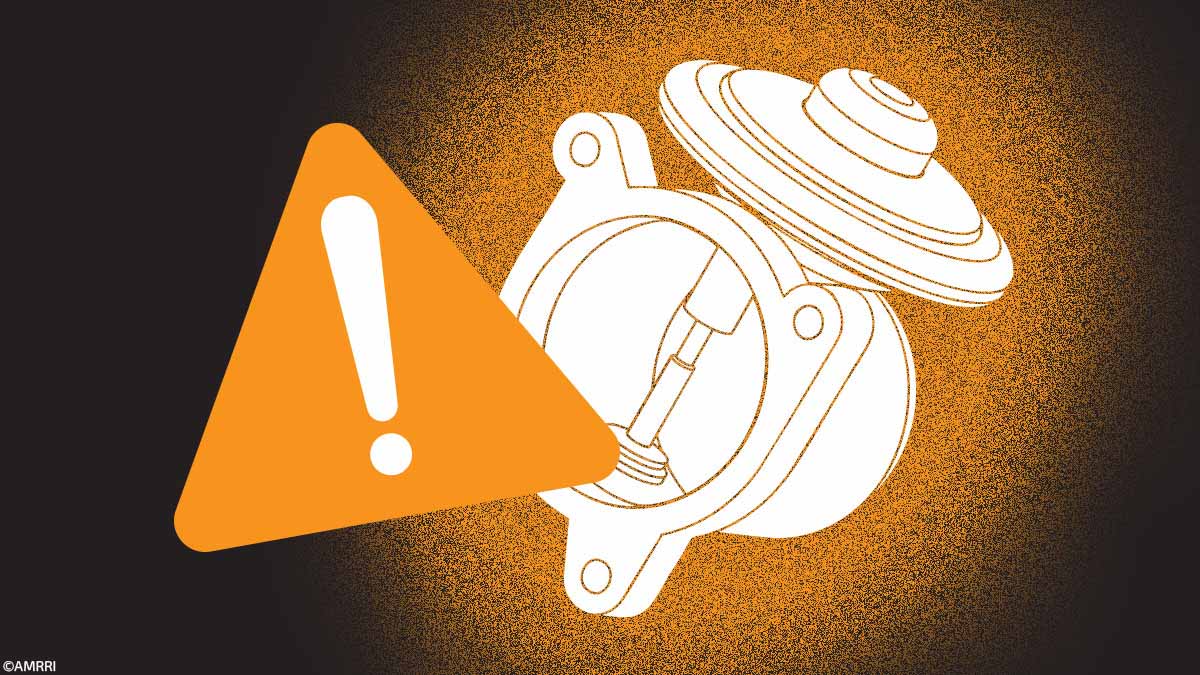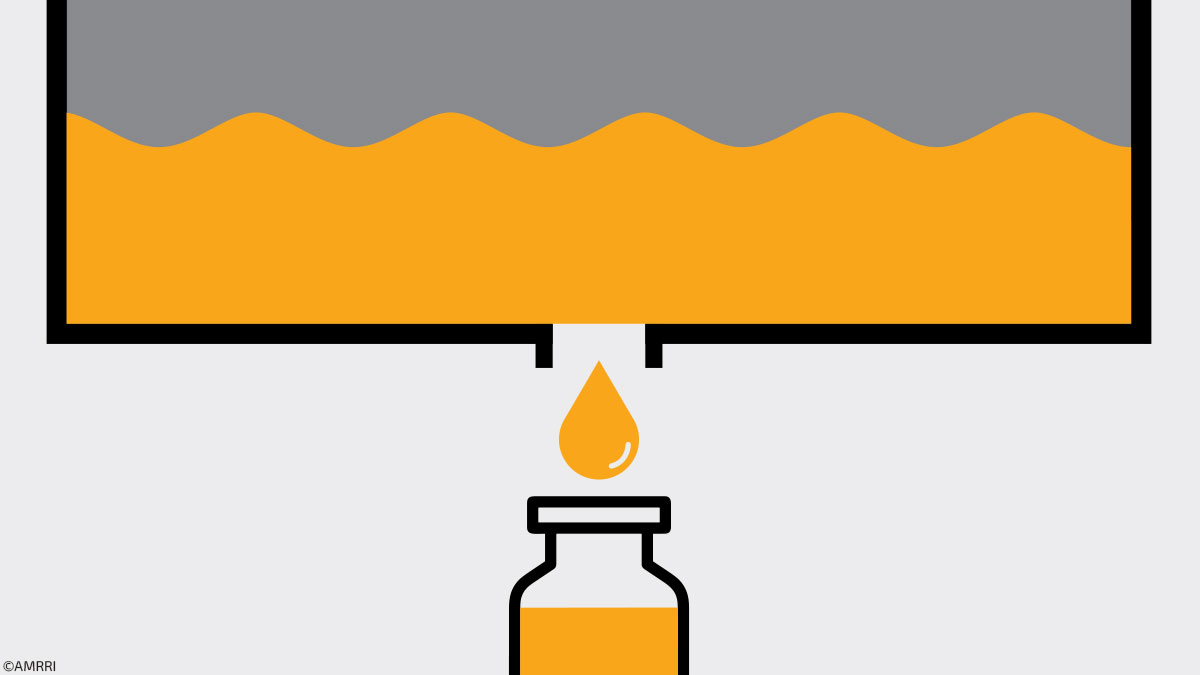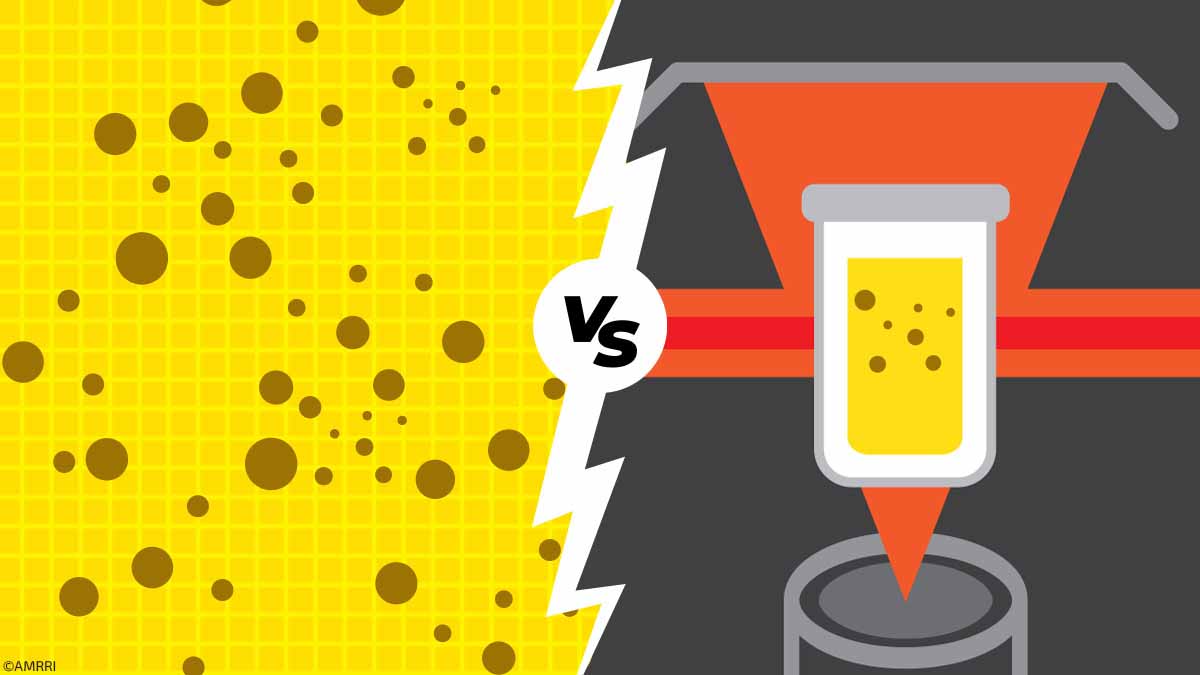December 2025
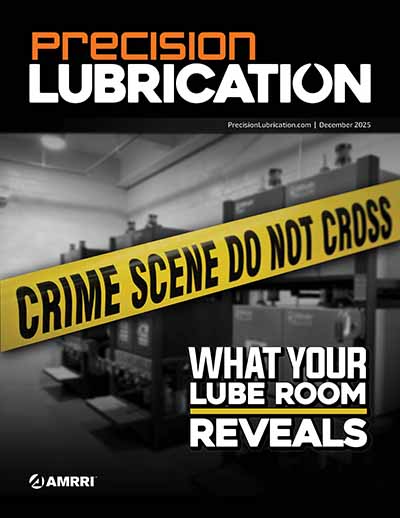
featured
25 Conversation Starters When Your Lube Room Looks Like a Crime Scene
When the lube room resembles a crime scene - chaotic storage, unlabeled containers, questionable handling tools,...
In This Issue…
From Oil Samples to Algorithms: Leveraging AI and Automations
Maintenance teams are entering a new era, one where data-driven insights enable automation and transform how equipment...
How EGR Failures Destroy Engines – and How Oil Analysis Detects Them
The EGR (Exhaust Gas Recirculation) system recirculates a fraction of the exhaust gases into the intake manifold to...
Compressor Oil: Types, Applications, and Performance Drivers
Compressors are integral to many of our operations. They are used to compress gas, increasing its pressure, and to...
25 Conversation Starters When Your Lube Room Looks Like a Crime Scene
When the lube room resembles a crime scene - chaotic storage, unlabeled containers, questionable handling tools,...
Why Drain-Based Oil Sampling Breaks Trends, Decisions, and Quality
Oil analysis is one of the most potent tools in proactive maintenance and asset management. However, its effectiveness...
Maintenance & Reliability: Where You Fit on the Industrial Tribology Map
When I go into industrial plants and tell the Lubrication Team, aka, oilers and greasers, that they are Tribologists,...
Ferrous Density and Particle Counting: Building a Balanced Strategy
I had a laboratory manager, over twenty years ago, complain to me that he wished I would stop pushing particle...

